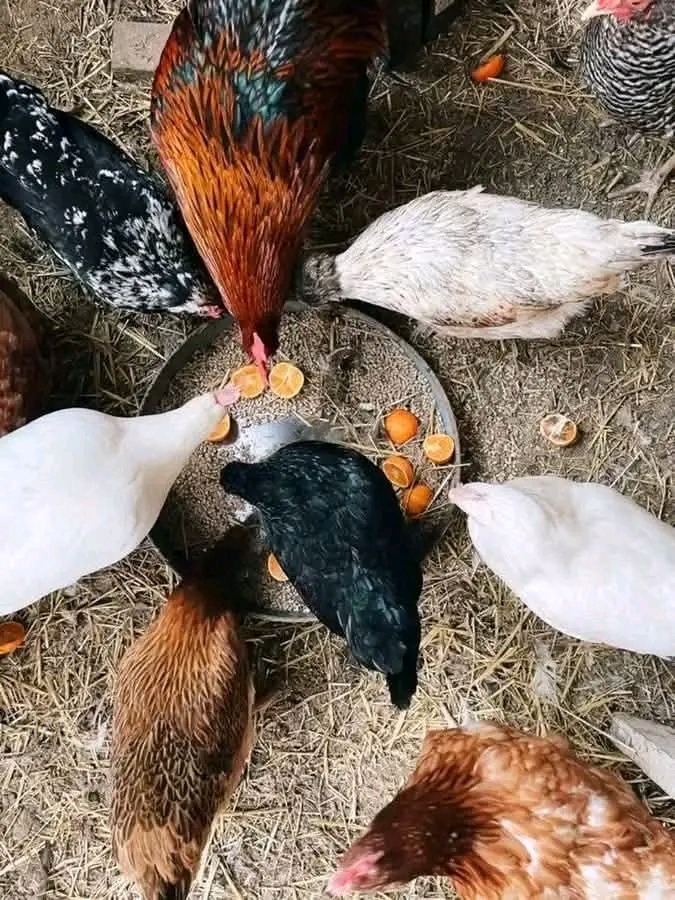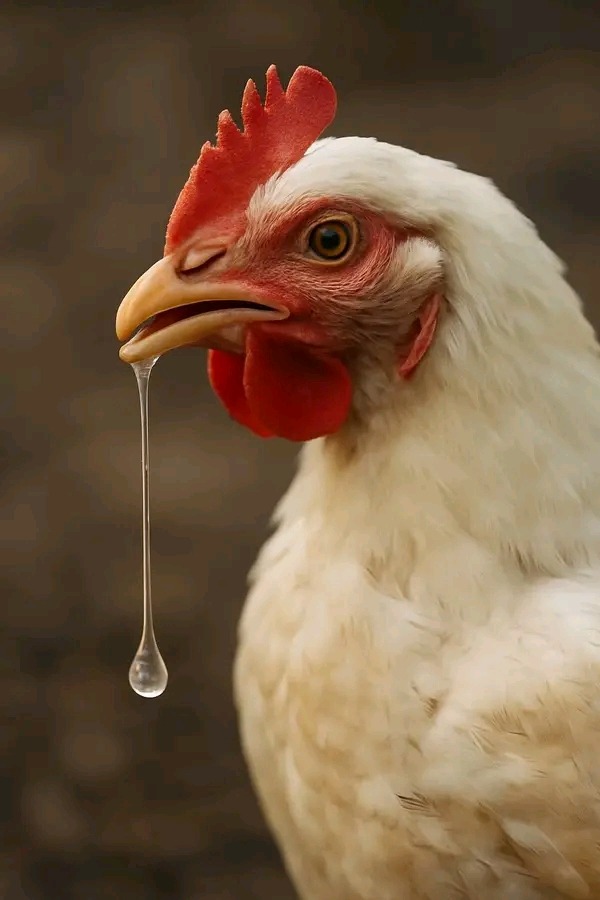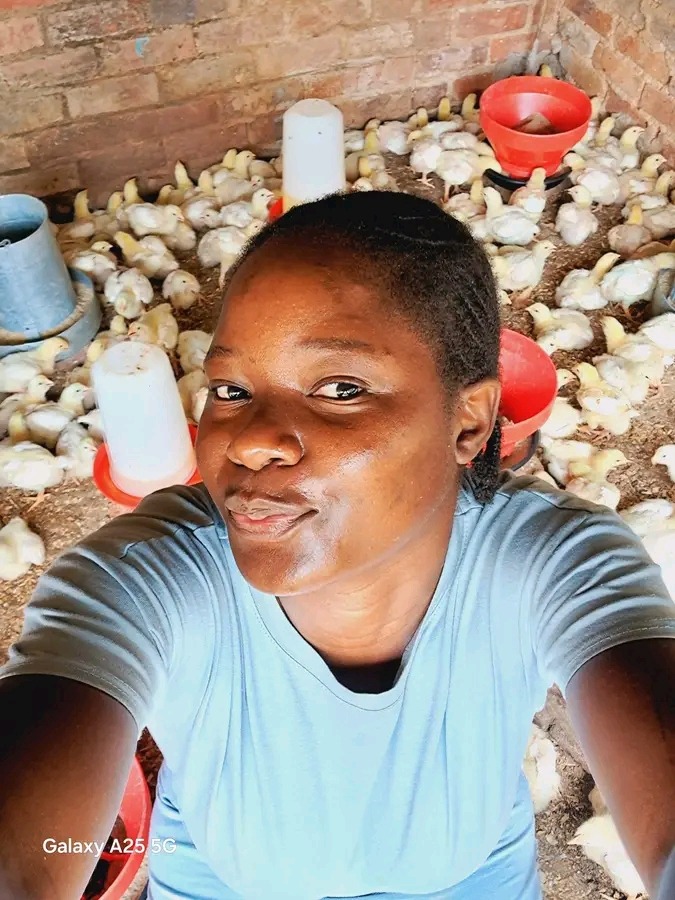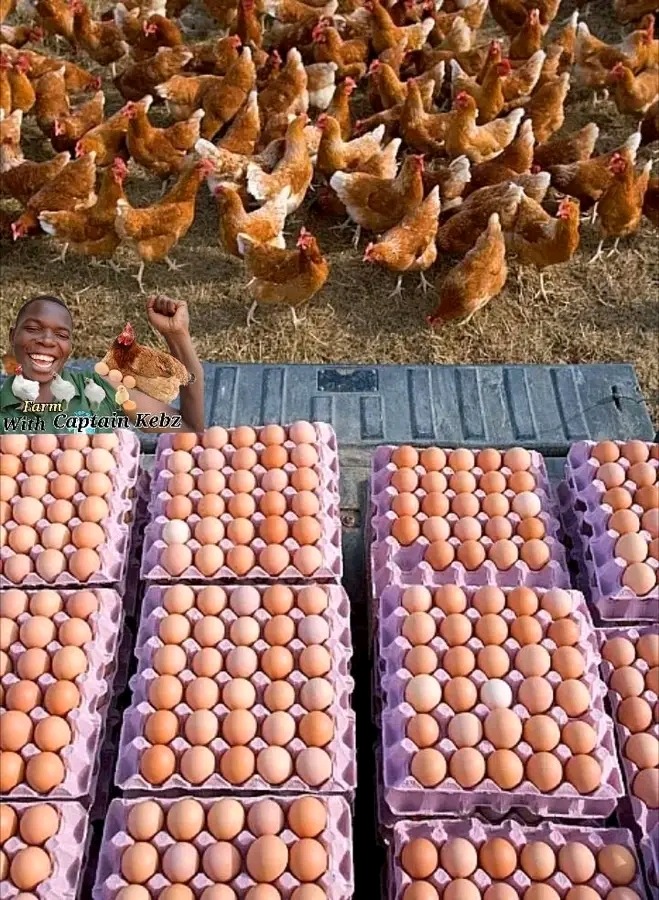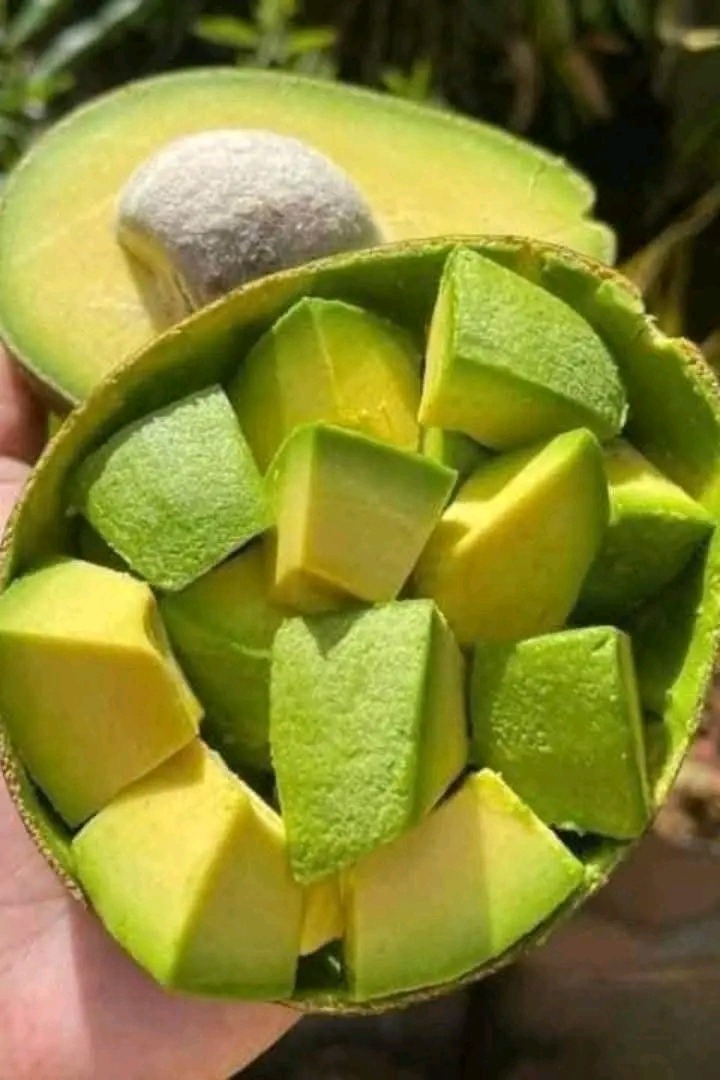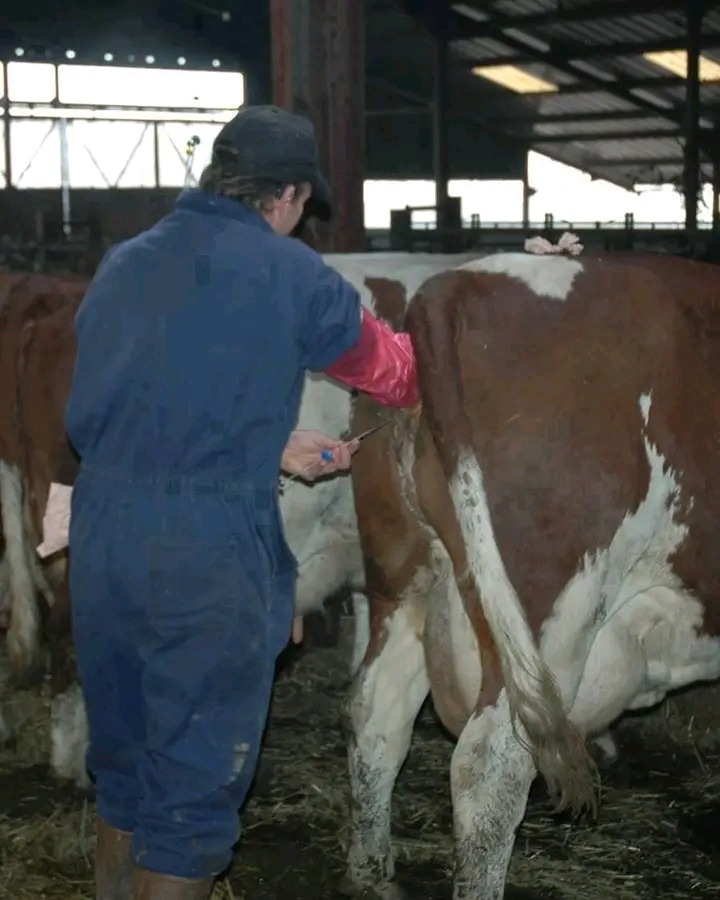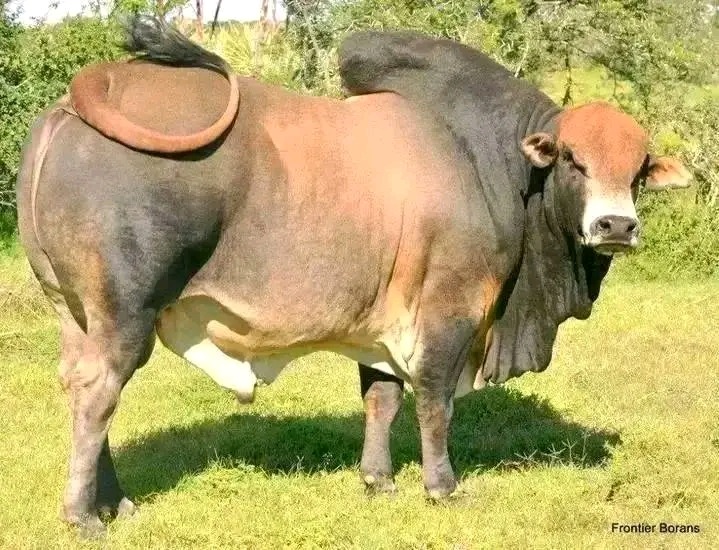
Laying hens require balanced feed to sustain maximum egg production over time.


Again unknown to many, this ‘adulteration’ serves to distort the formulation and eventually, the performance of birds.
Cumulatively, each layer chick consumes about 2kg of chick and duck mash between day old to eight weeks.

If a farmer finds that their hens are eating more, it is most likely that they have a lot of spillage (they eat more when it is cold).
Spillage maybe corrected by raising or lowering the feeders so the feed level is the same as the back of the hens.

At normal temperatures, layers consume twice as much water as they consume feeds. During periods of high temperatures, water consumption may double or even quadruple.
For good lay percentages, ensure birds are supplied with adequate quantities and quality water.


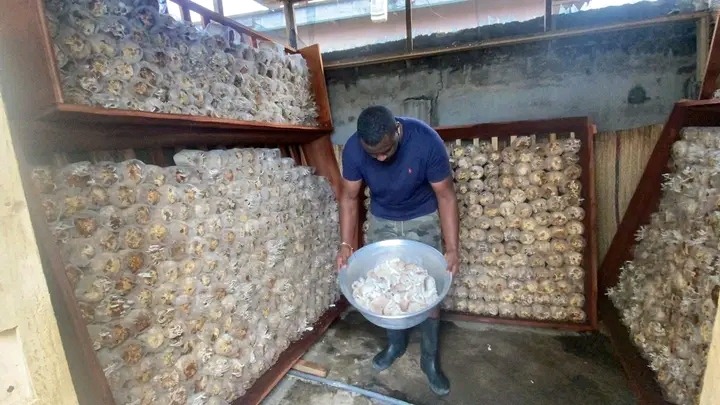
 Here’s a breakdown of the process and potential: Steps in…
Here’s a breakdown of the process and potential: Steps in…



